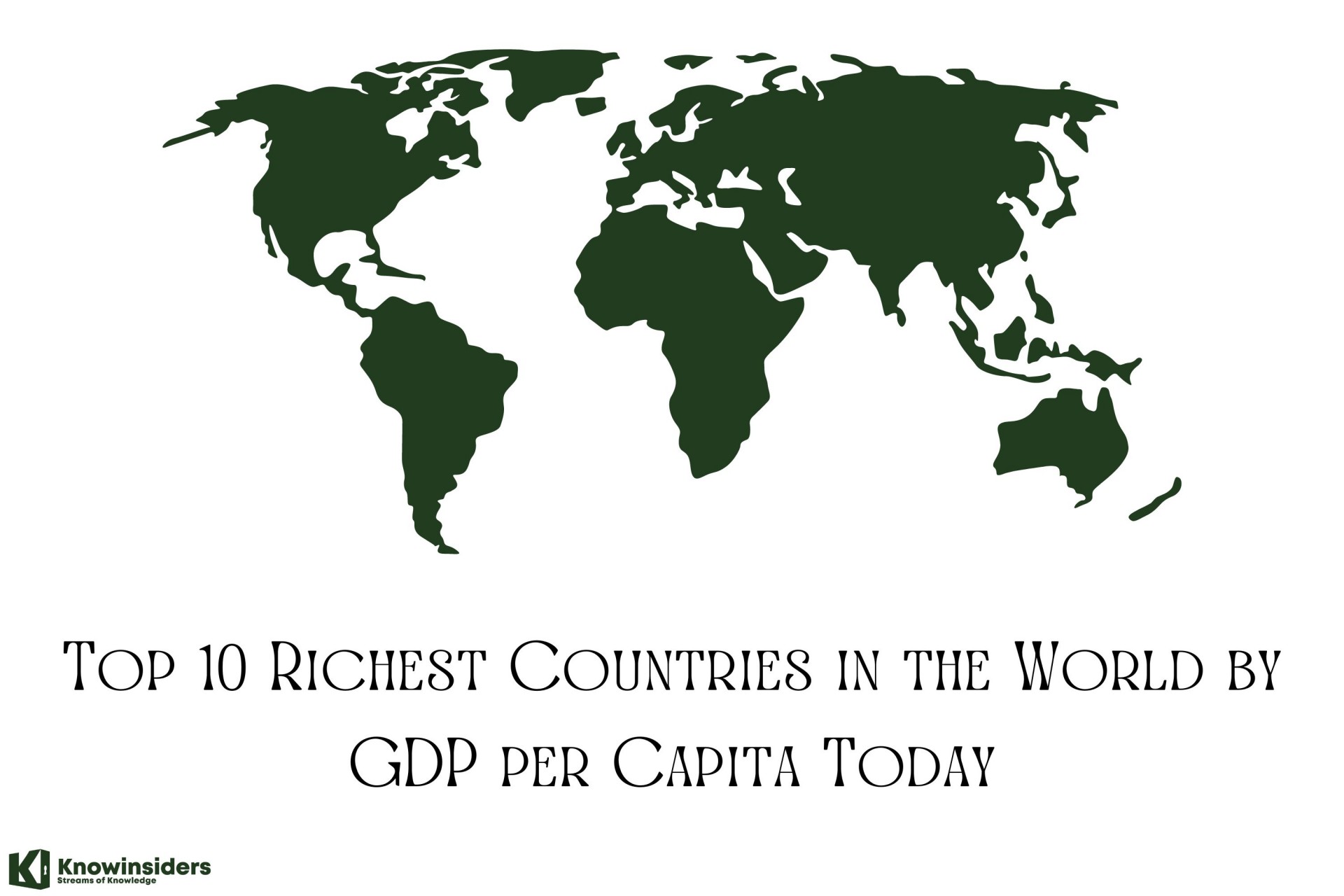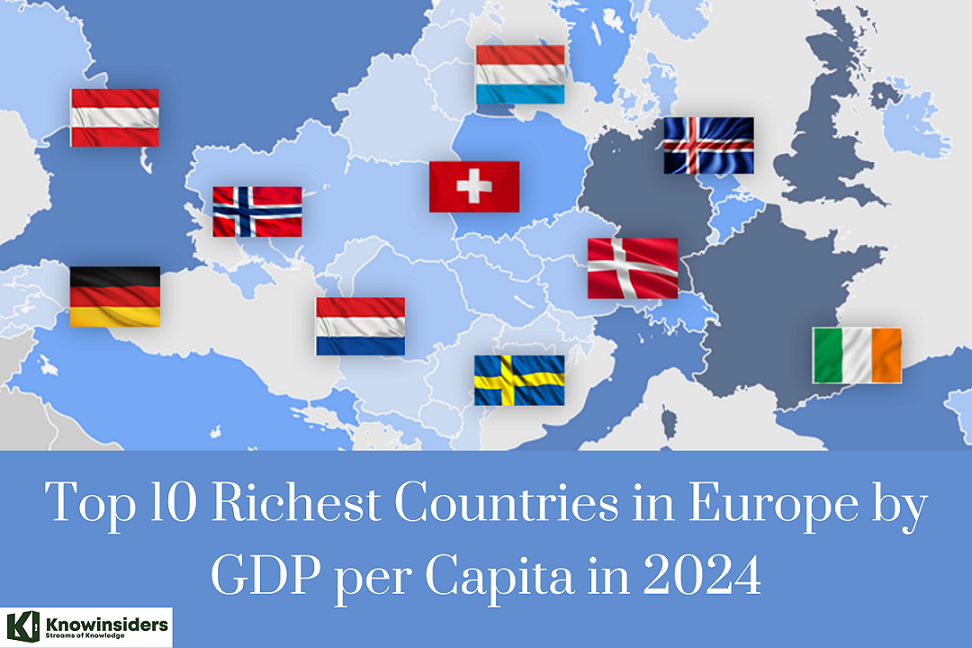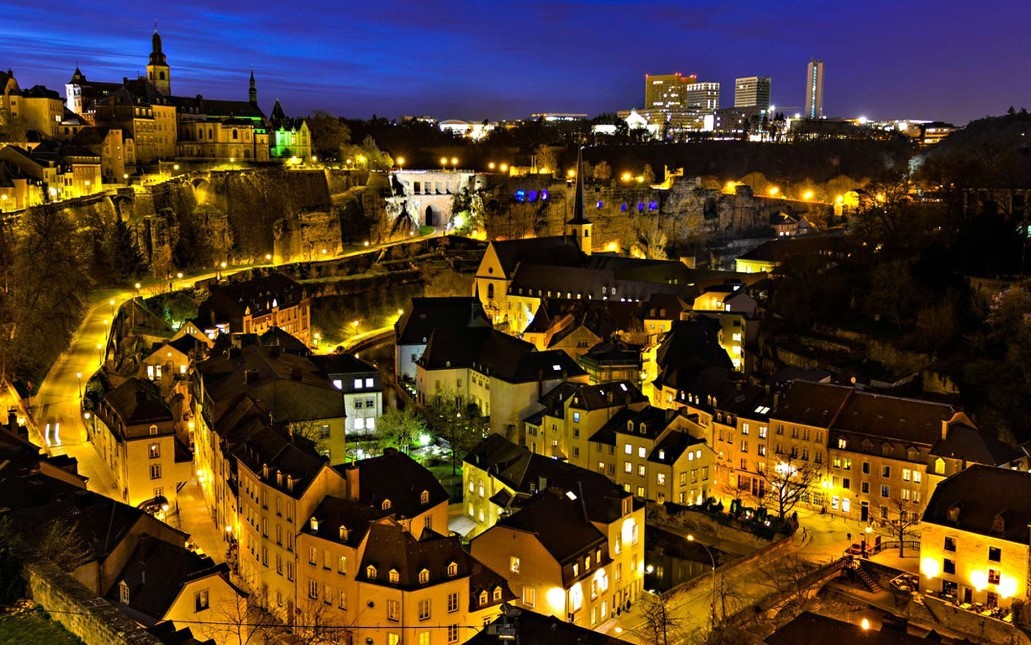Top 10 Poorest Countries in the World by GDP Per Capita
 Top 10 Poorest Countries In Europe Top 10 Poorest Countries In Europe |
 Top 20 U.S Poorest Towns in Every State That You Never Heard Top 20 U.S Poorest Towns in Every State That You Never Heard |
 |
| Top 10 Poorest Countries in the World by GDP per Capita |
GDP is the total monetary value, or market value of all goods and services produced within a country's borders during a particular time period, which is an overall measure of production in country, a comprehensive indicator of a country's economic health.
GDP per capita represents the quantity of goods and services produced per person, giving an indication of the average standard of living of the citizens of each country. GDP per capita has steadily increased globally over time, and with it, the standard of living worldwide has also increased significantly. This big picture using IMF data shows the GDP per capita (nominal) of nearly every country and region in the world.
| Summary |
Living standards over time
Looking back on history, the people's standard of living has increased significantly. According to Our World in Data, from 1820 to 2018, global GDP per capita increased nearly 15 times. Literacy rates, access to vaccines and basic education have also improved our quality of life, while things like child mortality and poverty have all decreased.
If in 1990, 1.9 billion people lived in extreme poverty, accounting for 36% of the world's population, over the past 30 years this number has been decreasing - by 2030, an estimated 479 million people will live in poverty. in extreme poverty, according to United Nations (UN) estimates, will account for only 6% of the population. That said, economic inequality between regions is still widespread.
In nominal terms, Luxembourg is the richest country today (in terms of nominal GDP per capita), 471 times richer than the poorest country, Burundi. However, not all citizens in Luxembourg are extremely wealthy. In fact, 29% of people spend more than 40% of their income on housing costs; 31% are at risk of falling into poverty if they lose 3 months of income. The cost of living is expensive in Luxembourg but the standard of living in terms of manufactured goods and services is among the highest in the world and only 4% of the population complains of a low standard of living.
Emerging economies and developing countries
While we have never lived in a more prosperous period and overall poverty rates are falling, in 2021, global extreme poverty will increase for the first time in more than two decades. About 120 million more people are living in poverty as a result of the pandemic, with the total expected to increase to around 150 million by the end of 2021.
Many of the world's poorest countries are also considered Least Developed Countries by the United Nations. In these countries, more than 75% of the population lives below the poverty line. Life in these countries is the complete opposite of the top 10.
For example, the quality of life in the poorest country - Burundi with 80% of the population engaged in agriculture; 1 in 3 Burundians are in urgent need of humanitarian assistance; The average household spends up to two-thirds of their income on food. However, many of the world's poorest countries can also be classified as emerging markets with huge future economic potential.
China has seen opportunity in emerging economies. Their faith in these regions is most evident in the “Belt and Road” initiative, which has attracted large investments in infrastructure projects in many African countries.
Top 10 Poorest Countries in the World by GDP per Capita
(Ranked by KnowInsiders.com)
Based on GDP per capita, the world's 10 poorest countries and territories include:
1. Burundi – $237
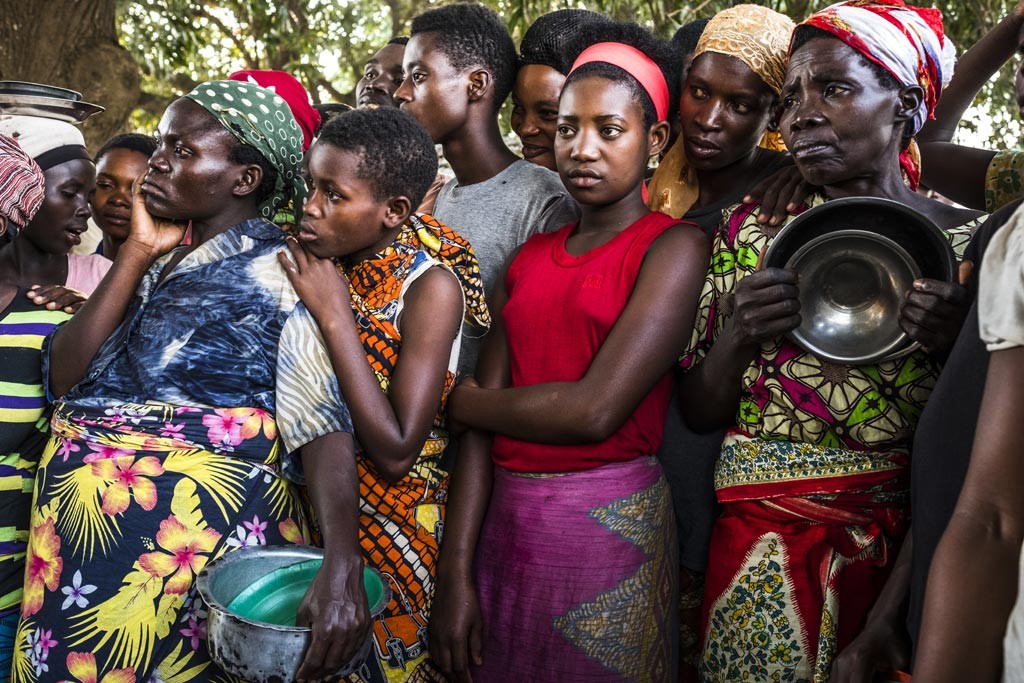 |
| Burundi |
The tiny country of Burundi, marred by ethnic conflict and civil war among the ethnic Hutu-Tutsi population, has fallen two places in the rankings since last year. President Pierre Nkurunziza, a former Muslim rebel who won a third term last year in controversial elections boycotted by the opposition after a failed coup, has come under international pressure .
In March 2016, the European Union, Burundi's largest donor, cut funding to the government in an attempt to force Nkurunziza into negotiations to end the political deadlock. The political crisis has pushed the country into recession and the Burundian government banned trade with neighboring Rwanda in July 2016, citing concerns about food security, which has contributed to the rising prices of staples. staples such as potatoes. Coffee production has also declined, the country's main source of exports. According to the latest UNDP Burundi survey, 82.1% of the population lives on $1.25 a day or less and 90% of Burundian's population relies on agriculture. As a result, the population is extremely vulnerable to price fluctuations, export restrictions, and food scarcity.
2. Somalia – $446
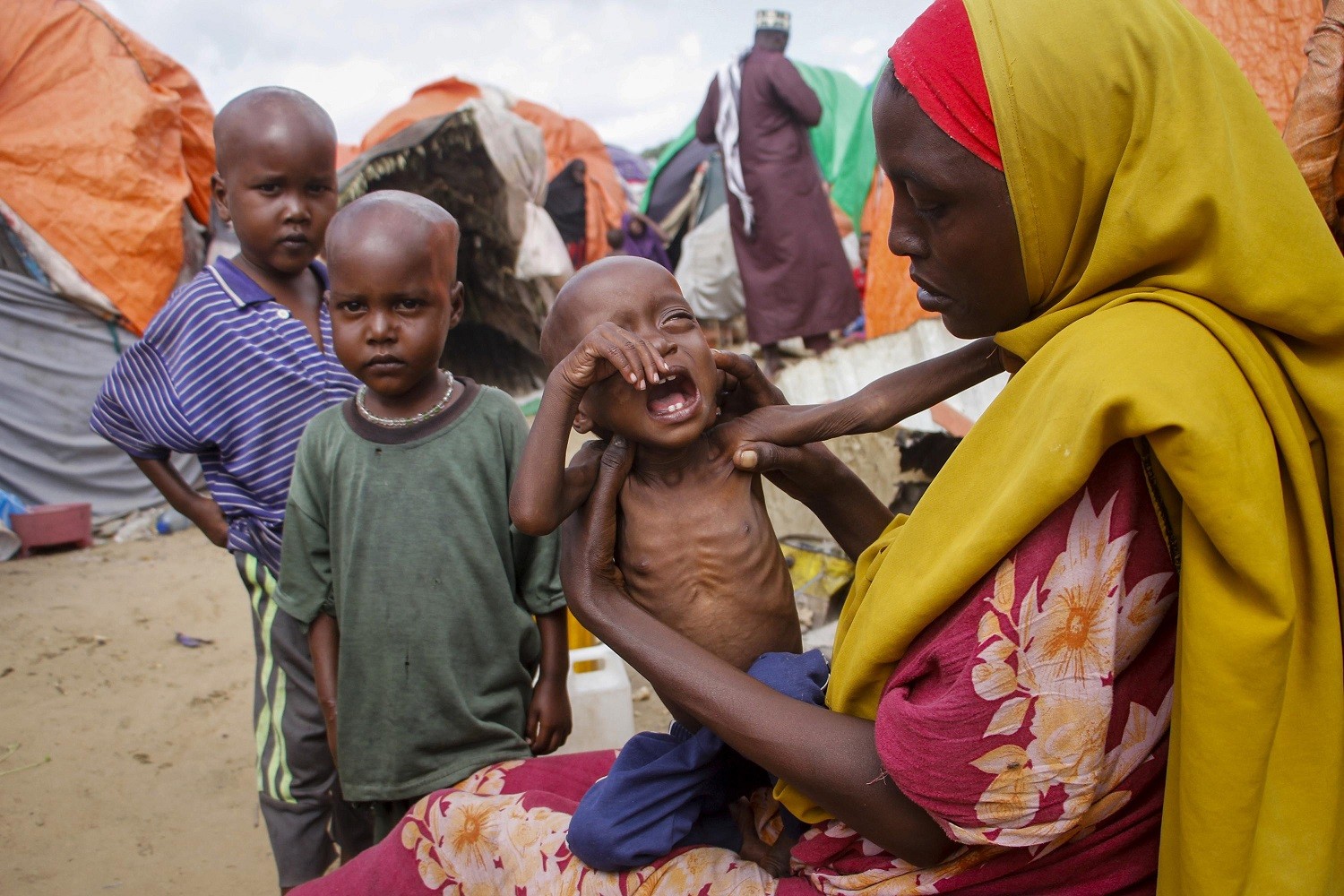 |
| Somalia |
Somalia is the world's second poorest country, with a per capita GDP of $446. Decades of conflict, terrorism, and drought have devastated the country. The country has been destabilized by the ongoing civil war and the presence of extremist groups, resulting in a severe humanitarian crisis. Somalia's economy is also heavily reliant on agriculture and livestock, both of which have suffered as a result of climate change and insecurity. Finally, the country's poverty is exacerbated by a lack of access to basic services such as healthcare and education.
3. Mozambique – $500
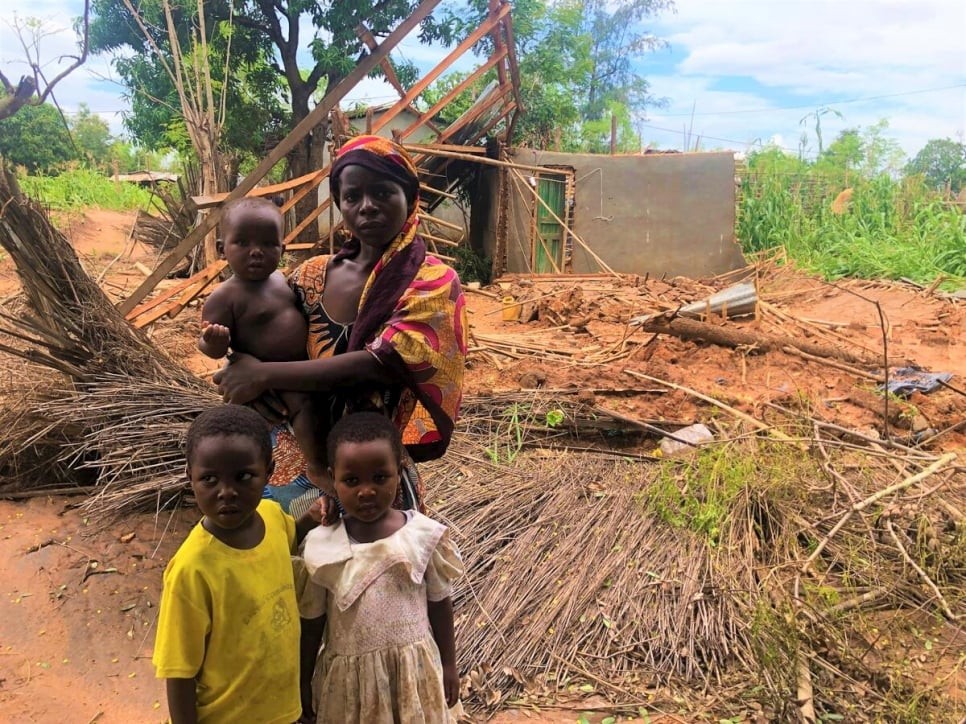 |
| Mozambique |
Mozambique's economy has been devastated by guerrilla and civil wars that have lasted for 30 years, and is one of the poorest countries in the world that needs international help.
A former Portuguese colony, it has plenty of land and water to grow crops, and an abundance of energy and minerals. On top of that, a recently discovered natural gas field could add around $40 billion to the economy by 2035. Mozambique is also strategically located, as four of the six countries it borders The world depends on it as an intermediary for global trade. Over the past 10 years has announced an average GDP growth rate of over 5%.
However, it remains among the poorest countries in the world, with large areas of the population continuing to live below the poverty line. While the 15-year civil war ended in 1992, harsh climate conditions, corruption and political instability never went away. In October 2019, the country will elect its next president and parliament, but it is expected that the newcomer will have to compete with Mr. Frelimo, the party in power since 1994, and Renamo, the largest opposition party, few believe. that things will really change.
4. Central African Republic – $511
 |
| Central African Republic |
The Central African Republic has a weak central government, with armed rebel groups freely operating in the country and controlling large swaths of its territory. Furthermore, the government's use of Russian mercenaries to keep the peace alienates Western powers. Due to persistent violence, GDP growth is expected to be significantly lower than the Sub-Saharan African average over our forecast horizon to 2026. The drafting of a new constitution, which is likely to cement the president's power, will be an important factor to monitor in the coming months, as will the adoption of bitcoin, which was approved as legal tender earlier this year.
5. Madagascar – $515
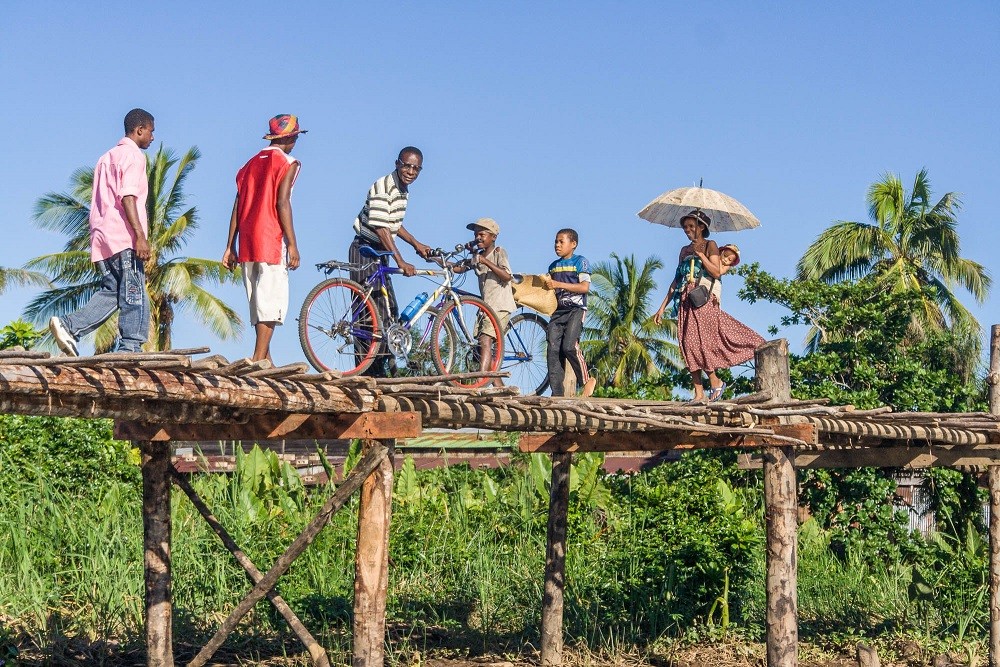 |
| Madagascar |
Madagascar is the world's fourth largest island, located 400 kilometers off the coast of East Africa. Despite being known for its incredible wildlife, the country's thriving tourism industry has not been able to lift it out of poverty. The majority of the population still relies on agriculture for a living, making the country's economy particularly vulnerable to weather-related disasters. Madagascar has experienced periods of political instability, violent coups, and disputed elections since gaining independence from France in 1960.
Madagascar could not avoid the worst consequences of a war that was taking place over 7,000 kilometers away. The disruption in grain deliveries from Ukraine and Russia has caused food prices to skyrocket, increasing the risk of famine in a country that already has one of the world's highest rates of childhood malnutrition and stunting.
6. Sierra Leone – US$516
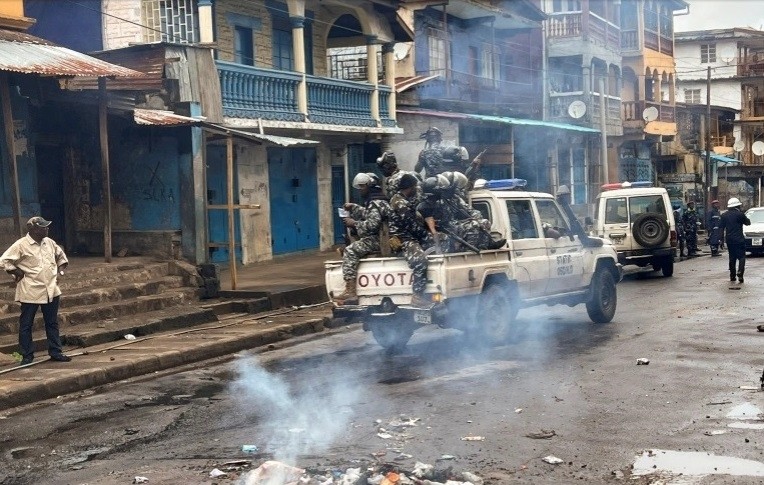 |
| Sierra Leone |
In 2002, a UN peacekeeping mission contributed to the end of Sierra Leone's 11-year civil war. While the country's economy has grown in peacetime, it was one of two countries hardest hit by the 2014-2016 Ebola outbreak, along with Liberia (#9). The most recent World Bank data predates this epidemic, with nearly 53% of Sierra Leoneans living below the poverty line in 2011. The country has a life expectancy of 52.2 years, a GDP per capita of $1,240, and 3.5 years of schooling on average (compared to the expected 9.8 years).
Concern first arrived in Sierra Leone during the country's civil war and has remained for the past 23 years. While the Ebola outbreak has ended and the economy has recovered, thanks in part to the resumption of iron ore mining, the outlook remains bleak. We are particularly concerned about the country's environmental challenges, which are directly related to a number of potential emergencies (such as the 2017 mudslide).
7. Democratic Republic of the Congo – $584
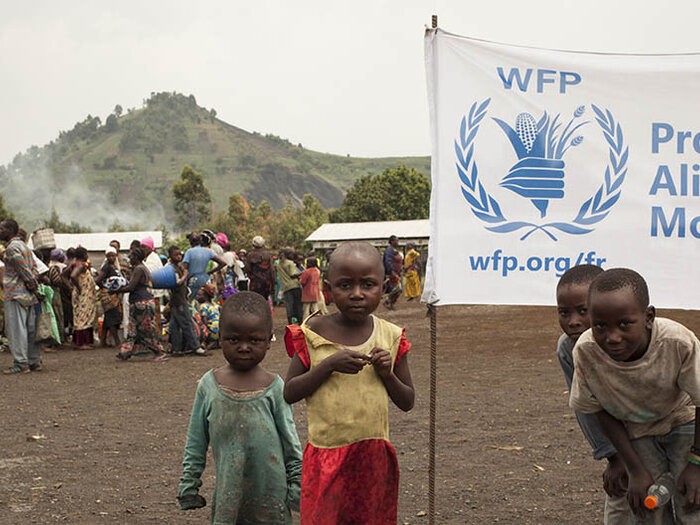 |
| Democratic Republic of the Congo |
Since gaining independence from Belgium in 1960, the Democratic Republic of the Congo has endured decades of dictatorship, political instability and constant violence. Now the country is ready to turn a new page: on 24 January 2019, Félix Antoine Tshisekedi Tshilombo, son of legendary opposition leader Etienne Tshisekedi, was elected as the new president.
With 80 million hectares of arable land and more than a thousand valuable minerals and metals below the surface, the Democratic Republic of the Congo has the potential to become one of the richest African countries and a growth engine for the entire world. continent, according to the World Bank. But political instability and endemic corruption continue to frustrate that potential.
8. Niger – $595
 |
| Niger |
Niger is the world's eighth poorest country, with a GDP per capita of $595. The country is one of the largest in the region and is located in West Africa. Niger's economy is primarily rural, with a heavy reliance on subsistence agriculture and livestock production. Nonetheless, the country faces a number of challenges, including desertification, frequent droughts, and a rapidly growing population. Niger has also faced political instability and high levels of corruption, both of which have hampered its development.
9. Malawi – $643
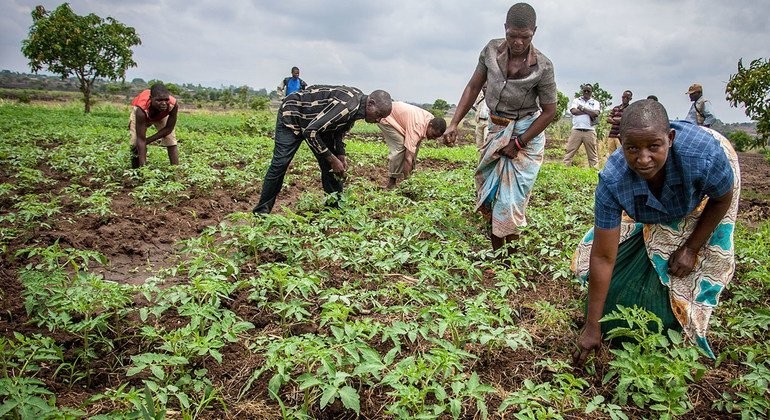 |
| Malawi |
Malawi's economy is hampered by the country's reliance on subsistence agriculture and a single cash crop, tobacco. Furthermore, relatively high public debt is likely to crowd out private investment, while power outages will dampen business activity. Additional risks include large fiscal and current account imbalances, a fragmented Parliament, reliance on international financing, and vulnerability to extreme weather events. Since the early 1990s, the country has had a functioning multi-party democracy. Furthermore, cannabis decriminalization in 2020 may result in the establishment of a cannabis industry in the coming years, which, along with increased mining investment, will broaden the export base.
10. Liberia – $673
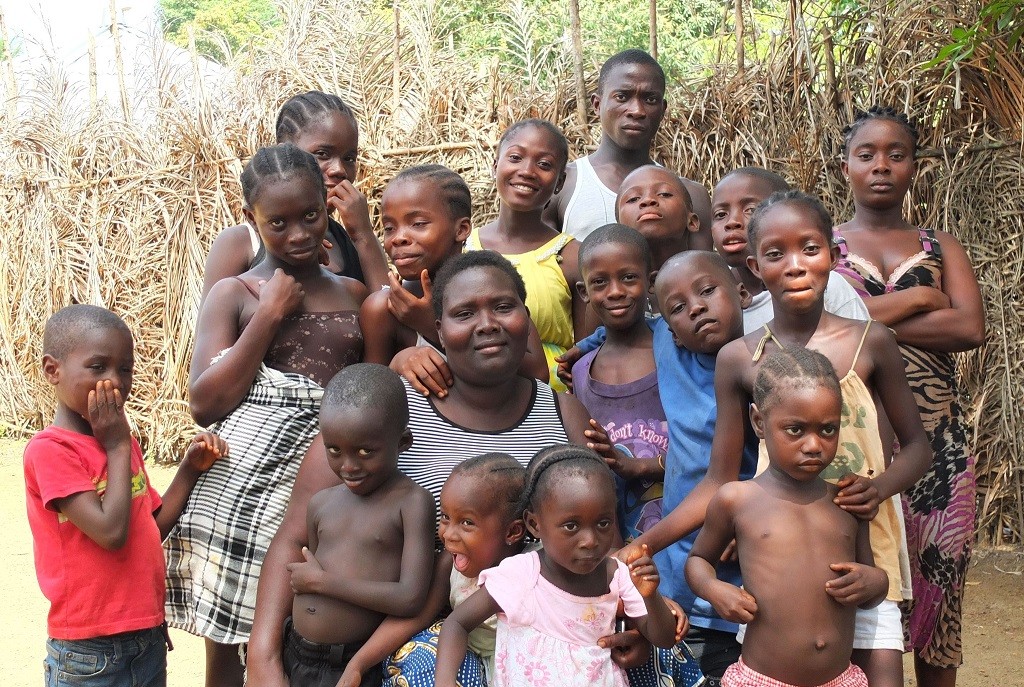 |
| Liberia |
Africa's oldest republic also ranks among the poorest countries for the longest time. Liberia was founded in 1822 as a settlement for slaves liberated from the United States and repatriated to Africa. In 1847 Liberia became an independent country. The capital Monrovia honors US President James Monroe (1758-1831). Although this country was formed by the return of black slaves from North America, the vast majority of Liberian people are aboriginals of 16 indigenous tribes. The political situation in Liberia was relatively stable for a long time, although there were some disputes between African Americans and Native Americans. From 1885 to 1910, the borders of Liberia were demarcated through agreements with the British and French empires.
While the country has enjoyed peace and stability since the end of the civil war in 2003, Liberia's government has failed to adequately address serious systemic problems and structural challenges. To add to the hardships, this country of just 4.7 million people has struggled to recover from the fall in commodity prices and the Ebola pandemic that hit West Africa in 2014.
Everything seems to be improving. Growth figures and GDP per person have shown significant improvement. The IMF forecasts a favorable trend for many years to come. President: George Weah was elected in the 2017 general election. His administration has focused on job creation, economic diversification and critical infrastructure needs.
The richest country in the world based on GDP per capitaLuxembourg is the richest country in the world and the largest banking center in the world. More than 200 banks and 1,000 investment funds operate in the capital. Luxembourg's high performance is partly due to citizens of neighboring countries working in the principality: France, Germany and Belgium. Foreigners of neighboring countries work in the principalities: France, Germany and Belgium. Foreign workers contribute to GDP growth but are not counted on capital. According to the Luxembourg National Institute of Statistics and Economic Research, the minimum wage in the country is 2,257 Euros per month. Adult unskilled workers can count on such numbers. The average monthly salary is 5,000 Euro. The best-paid speculators work in insurance, banking, information technology and electricity companies. Luxembourg is in the top five of the International Tax Competitiveness Index (ITCI). According to Le Monde and Suddeutsche Zeitung newspapers, 90% of companies registered to do business in this country are owned by foreigners. Luxembourg attracts foreign entrepreneurs with tax incentives. Non-resident companies pay taxes only on income received within the territory of the principality. |
Conclusion
A poor country is an undeveloped country. If a country cannot develop, the population will be poor, life will be difficult. Therefore, the governments of these countries need to have new policies to improve the economic status of their countries so that people's lives are more stable.
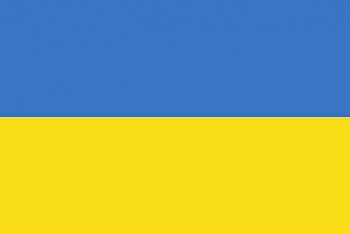 The Blue And Yellow Flags of 14 Country, States and Cities In The World The Blue And Yellow Flags of 14 Country, States and Cities In The World The primary use of the flag that it is a symbol used to identify countries. Join KnowInsiders.com to discover 14 countries and states in USA ... |
 Top 15 Countries With The Legalized Prostitution (2023 Updated) Top 15 Countries With The Legalized Prostitution (2023 Updated) Prostitution is one of the oldest professions and exists legally in dozens of countries around the world. KnowInsiders.com aggregates and ranks the Top 15 countries ... |
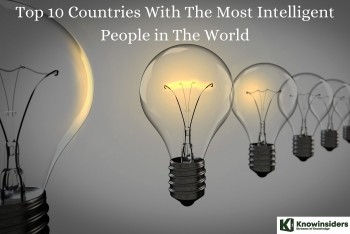 Top 10 Countries With The Most Intelligent People in The World Top 10 Countries With The Most Intelligent People in The World Have you ever wondered how your country's intelligence compares to other countries? This question is asked by many people and many surveys on this topic ... |

